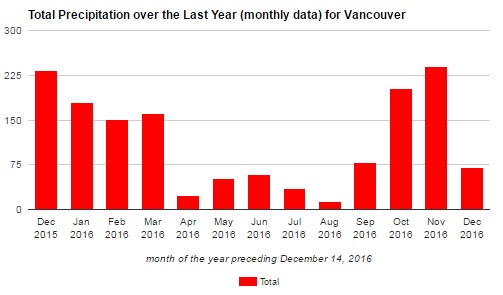On this page
Start here for FAQs and resources about using copyright protected materials in your assignments, projects and presentations for your courses at SFU.
Contact the Copyright Office (copy@sfu.ca) with any questions.
Frequently asked questions
Some text derived from University of Waterloo (licensed under CC BY-NC-SA 4.0) and University of Saskatchewan (licensed under CC BY-NC-SA 2.5) copyright FAQs.
Copyright basics
See Copyright basics FAQs for information on how copyright works in Canada and at SFU and general information about the Canadian Copyright Act.
Copyright and your coursework
Compliance
Copyright contacts
Resources
Copyright tools and forms
Copyright Information Graphic
Explains how much can be copied for teaching purposes and explaining other exemptions in the Copyright Act that apply to teaching purposes. The information in this graphic also applies to students making presentations or handouts for other students.
Copyright Information Graphic (text version)
Copyright Decision Tree
Provides steps to determine whether you can use a copyright protected work in the way you would like to, both for teaching and for other purposes. Use this in conjunction with the Copyright Information Graphic above and other information on this website.
Copyright Decision Tree (text version)
Indigenous Knowledges and Copyright
Describes the disconnect between copyright law and Indigenous approaches to creating, sharing and using cultural materials, and makes recommendations for scholars working with Indigenous Knowledges.
Copyright and 3D Printing
Provides guidelines for creating your own 3D printing designs and objects, or using others' 3D files to print objects.
Canadian Public Domain Flowchart
A visual tool by the Copyright Office at the University of Alberta (2023, licensed CC BY) to help determine when the copyright term for a work expires, the work enters the public domain in Canada and it can be used freely (within Canada) without permission or payment of royalties.
Technological Protection Measures (TPM) Fact Sheet
Describes what technological protection measures are, and their copyright implications.
Sharing of Textbook pdfs Fact Sheet
Explains the risks to SFU students when pdfs of textbooks are shared online, and provides options if textbooks are unaffordable.
Copyright workshops and tutorials
Copyright Workshop Videos by the Copyright Office
These videos are based on our faculty workshops, and include Copyright Basics (an introduction to the basic elements of copyright law in Canada), and Teaching and Copyright (a two-part look at finding and sharing material in your courses).
Copyright for SFU Students tutorial in Canvas
This tutorial introduces students to copyright and how it affects their course work. It describes options for including third-party material in assignments and presentations, including applying fair dealing and other Copyright Act provisions, requesting permission from copyright owners, and finding openly-licensed and copyright-free material. The tutorial also explains students' rights as owners of copyright in their papers and other works, and limits on what students can do with instructors' teaching materials. This tutorial is available for importing into any course from the Canvas Commons. In the Canvas Commons, search for the tutorial by title (Copyright for SFU Students) and follow the instructions here to import it.
SFU copyright management information
SFU Copyright Policies, including the Fair Dealing Policy.

 CC BY (Attribution)
CC BY (Attribution) CC BY-SA (Attribution-ShareAlike)
CC BY-SA (Attribution-ShareAlike) CC BY-ND (Attribution-NoDerivs [No Derivatives])
CC BY-ND (Attribution-NoDerivs [No Derivatives]) CC BY-NC (Attribution-NonCommercial)
CC BY-NC (Attribution-NonCommercial) CC BY-NC-SA (Attribution-NonCommercial-ShareAlike)
CC BY-NC-SA (Attribution-NonCommercial-ShareAlike) CC BY-NC-ND (Attribution-NonCommercial-NoDerivs [No Derivatives])
CC BY-NC-ND (Attribution-NonCommercial-NoDerivs [No Derivatives])
